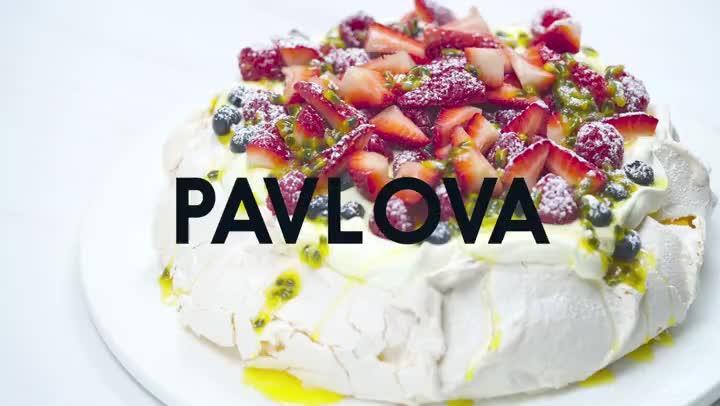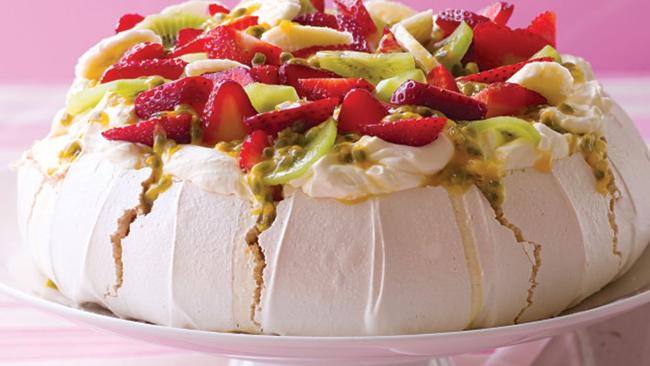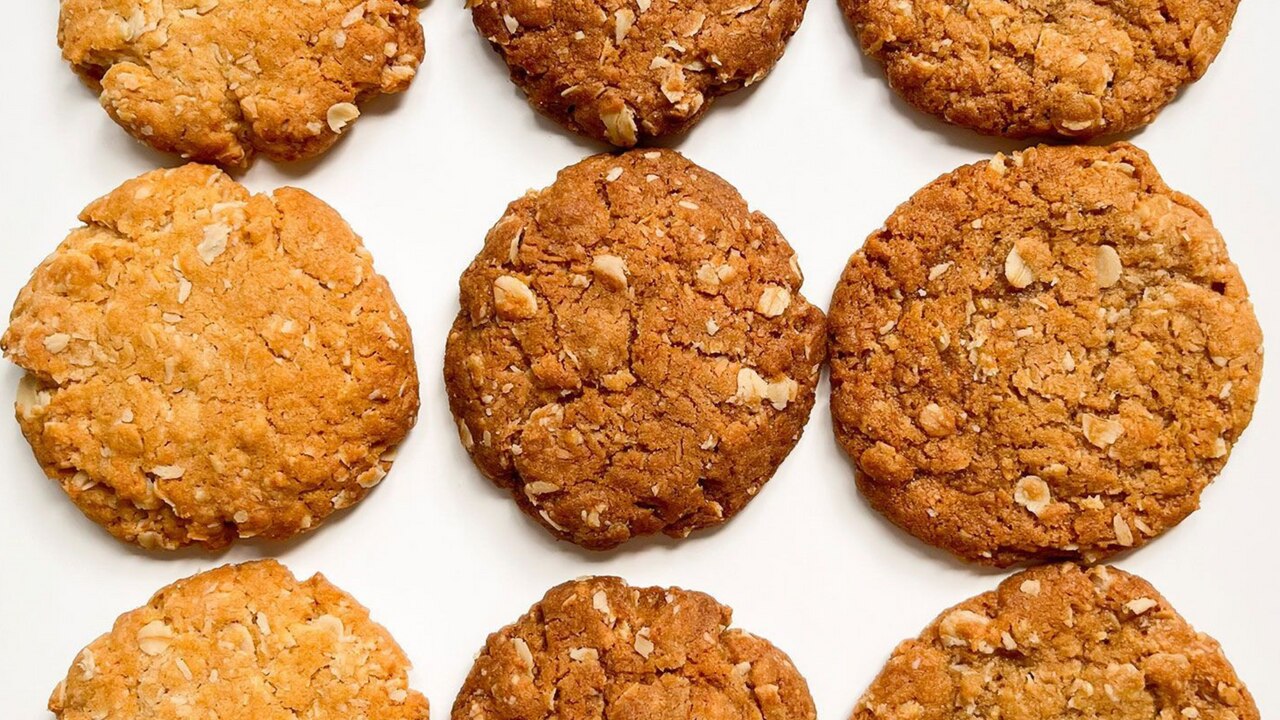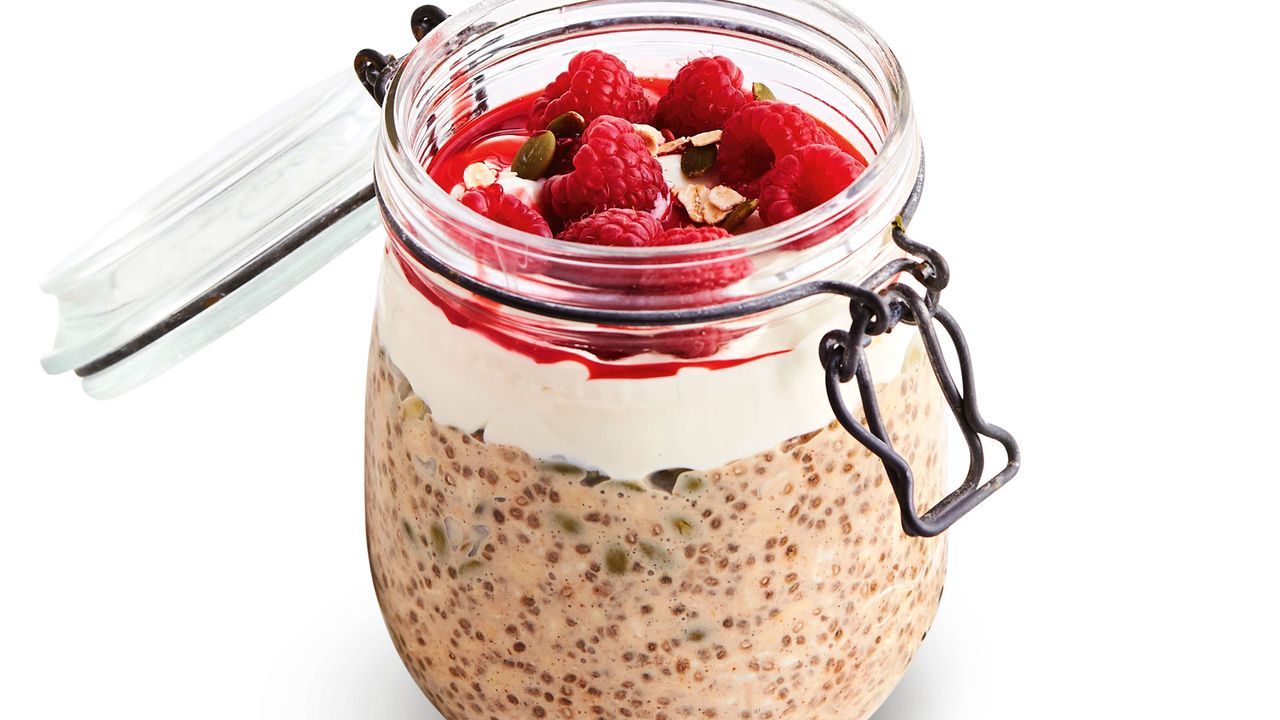The one rule for pavlova you should never forget
Now you know this magic formula, you’ll never mess up the Christmas pav again.

Pavlovas can be pretty finicky to make – so finicky that many of us resort to buying a store-bought pav. But nothing beats the crispy-on-the-outside, marshmallowy-on-the-inside texture of a homemade pavlova.
I’ve had my fair share of pavlova catastrophes, but about five years ago I was enlightened to a rule that changed my pav game forever. YouTuber and baker Jemma Wilson (AKA Cupcake Jemma), of Crumbs & Doilies Bakery in London, spoke about this rule in one of her videos and I’ve seriously never forgotten it.
Every time I make a pavlova, I’ll always follow it.
The 2:1 ratio: pavlova edition
A pavlova is made from French meringue, a process of making meringue that involves whisking up egg whites and adding caster sugar slowly. French meringue is considered the simplest meringue to make, as it doesn’t require a source of heat like Italian and Swiss meringue.
When making French meringue, Jemma says: “The basic rule of thumb is 2 to 1, sugar to egg,” otherwise known as the 2:1 ratio.
This means whatever the weight of your egg whites is, you use double that weight in caster sugar.
For example: Say you use 3 egg whites and they weigh 100 grams. You would then need 200g of caster sugar to make your meringue. A standard-sized pavlova often uses 5-6 egg whites.
It’s that simple.
From here, you just make your meringue as usual – slowly whisking the egg whites until they reach soft peaks, add in the caster sugar a tablespoon at a time, and acid to stabilise the meringue (such as cream of tartar, lemon juice or vinegar).
More tricks to perfect your pav
If you’ve been through the highs and lows of pavlova making (we’ve all made that lifeless, overly-cracked pavlova before) then check out our recipe for a classic pavlova. In this recipe, we explain to you what each ingredient does in a pavlova, how to create a perfectly round pavlova and even what to do with leftover egg yolks (aioli or creme brulee, anyone?).

Originally published as The one rule for pavlova you should never forget


